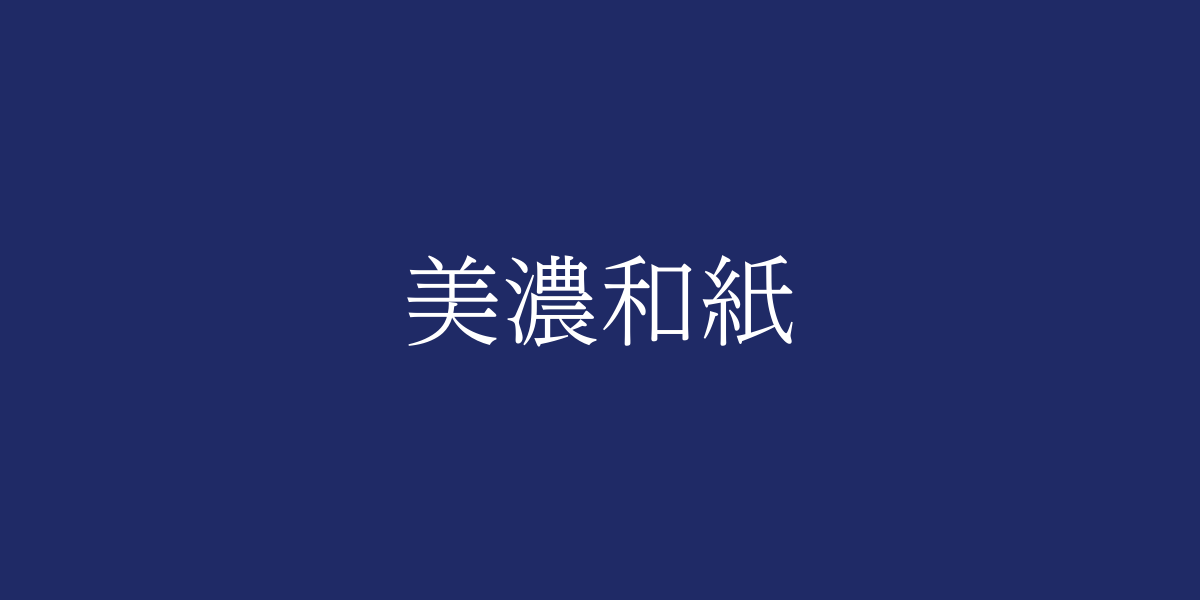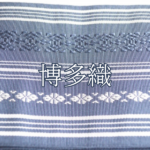Experiencing Japan’s traditional culture is more than just an encounter; it’s a journey to learn about the country’s rich history and the essence of its craftsmanship. Mino Washi (美濃和紙, みのわし), a traditional Japanese craft that the nation proudly presents to the world, is one such treasure you can discover on this journey. In this article, we delve into the allure of Mino Washi and explore its colorful world.
What is Mino Washi?
Mino Washi refers to the Japanese paper produced in the Mino region of Gifu Prefecture. Its unique production method lends it a delicate texture and durability, making it stand out. Registered as a UNESCO Intangible Cultural Heritage, this paper continues to be cherished for a wide range of uses, including calligraphy, printmaking, and lighting.
The Production Area of Mino Washi
The main production area of Mino Washi is centered around Mino City in Gifu Prefecture. The abundant water resources of the clear Nagara River and the fertile land support the production of high-quality Japanese paper. This region has long been known as a center for Japanese paper production, with many workshops preserving tradition while engaging in innovative papermaking.
The History of Mino Washi
The history of Mino Washi dates back over 1,300 years. It was already highly regarded in the Nara period, and its fame spread throughout the country during the Edo period. The techniques passed down through generations are still protected by many craftsmen today.
The Manufacturing Process of Mino Washi
The manufacturing process of Mino Washi follows these steps:
- Raw material selection: Raw materials such as kozo (mulberry), mitsumata, and gampi are chosen.
- Raw material preparation: The raw materials are steamed to soften them and remove impurities.
- Kozo (楮, こうぞ) screening: The raw materials are placed in a vat with water and screened with a bamboo frame.
- Paper formation: The screened paper is stacked, formed, and pressed to remove moisture.
- Drying: The formed paper is dried.
Notable Mino Washi Manufacturers
Notable Mino Washi manufacturers include:
- “Ii Paper Co.” at 1234 Daimon-cho, Mino City, Gifu Prefecture: Manufactures paper that combines traditional techniques with modern needs.
- “Yamada Washi Workshop” at 5678 Kojomachi, Mino City, Gifu Prefecture: A small family-run workshop offering handmade paper with a warm touch.
- “Mino Washi LLC” at 9101 Shinmachi, Mino City, Gifu Prefecture: Manufactures a wide variety of high-quality paper while also handling mass production.
Where to Buy Mino Washi
Places where you can purchase Mino Washi include:
- “Washi no Sato” at 2345 Sakuramachi, Mino City, Gifu Prefecture: A specialty store for Mino Washi offering a diverse range of products.
- “Paper Museum” at 3456 Honmachi, Mino City, Gifu Prefecture: In addition to exhibits about Japanese paper, it also sells original products.
- Online shop “Mino Washi Net”: Allows you to purchase Mino Washi from anywhere in the country via the internet.
Mino Washi Related Facilities
Facilities related to Mino Washi include:
- “Mino Washi no Sato” at 1234 Washimachi, Mino City, Gifu Prefecture: A facility where you can experience making Japanese paper and see the craftsmen’s techniques up close.
- “Washi no Mori” at 5678 Hanagamimachi, Mino City, Gifu Prefecture: A museum with extensive materials on Mino Washi where you can learn about the history of Japanese paper.
- “Kami no Kobo” at 9101 Kamiyamachi, Mino City, Gifu Prefecture: Popular workshops where you can experience making crafts using Japanese paper.
Conclusion
Mino Washi is a Japanese traditional craft known for its delicate beauty and sturdiness. With a long history, it continues to be loved by many people today. The paper produced by the rich nature of the Mino region and the skills of the craftsmen can be said to symbolize Japanese culture. We hope that through this article, you have been able to touch upon the charm of Mino Washi and gain an opportunity to understand its profound world.

























